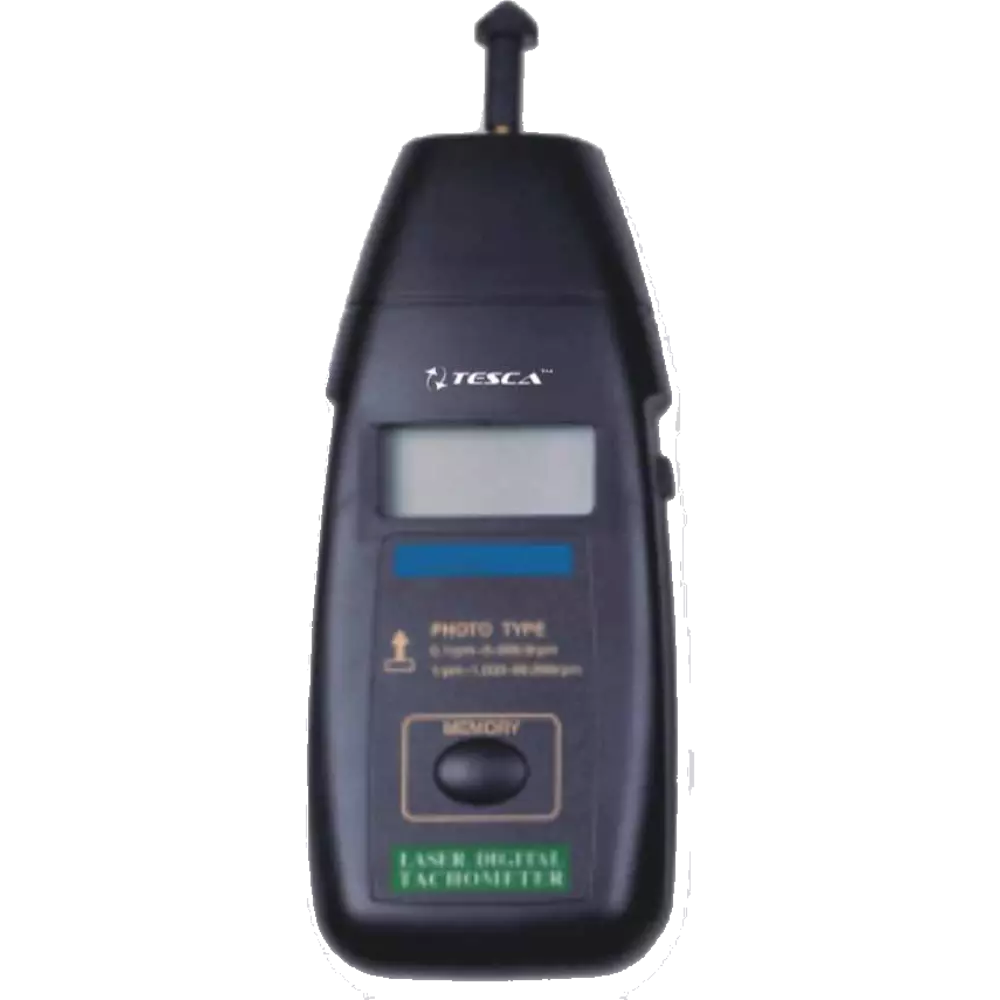Expert Tips for Keeping and Calibrating Your Tachometer
Expert Tips for Keeping and Calibrating Your Tachometer
Blog Article
Exploring the Functions and Benefits of a Tachometer: A Comprehensive Guide for Cars And Truck Fanatics
From providing real-time data on engine rate to aiding in optimizing equipment shifts, the tachometer offers as even more than simply a dial on the dashboard. Its complex features not just boost driving experience however also play a pivotal duty in preserving engine health and wellness and performance.
Comprehending the Essentials of a Tachometer
In the world of auto instrumentation, recognizing the essentials of a tachometer is necessary for any type of vehicle enthusiast aiming to dive right into the complexities of engine performance monitoring. A tachometer, typically presented on the control panel of an automobile, gauges the engine's changes per min (RPM) This important tool provides real-time data on exactly how fast the engine crankshaft is turning. By checking the RPM, chauffeurs can ensure they are operating within the ideal range to maximize performance and performance.
Tachometers normally have actually a scale marked in transformations per minute, with a redline showing the maximum rate at which the engine can safely operate (tachometer). This info is crucial for avoiding engine damages and maximizing equipment moving for hands-on transmissions. Furthermore, tachometers can aid in detecting engine problems such as misfires or a failing ignition system by identifying uneven RPM analyses
Value of Checking Engine Speed

Checking engine rate is an essential facet of car maintenance and efficiency optimization for vehicle enthusiasts and specialists alike. The engine speed, determined in revolutions per minute (RPM), suggests exactly how quick the engine's crankshaft is revolving. By keeping a close eye on the RPM, vehicle drivers can ensure that the engine is operating within the ideal array, stopping prospective damage from over-revving or delaying. Checking engine rate is particularly crucial during equipment shifts, as it helps chauffeurs establish the correct time to change gears for smooth velocity and reliable fuel usage.
Furthermore, tracking engine speed can likewise supply valuable understandings right into the total health of the automobile. On the whole, checking engine speed with a tachometer is an essential practice that can enhance driving performance, lengthen engine life, and my link ensure a safer and a lot more satisfying driving experience.
Enhancing Performance With Gear Shifts
Proper gear moving makes sure that the engine operates within its optimal power band, permitting for smooth acceleration and enhanced gas economic situation. When shifting gears, it is essential to pay focus to the engine speed suggested on the tachometer.

To accomplish peak efficiency with equipment shifts, motorists must exercise smooth and prompt changes in between equipments, matching engine speed with road rate to harness the complete capacity of their car's powertrain.
Taking Full Advantage Of Performance With a Tachometer
Grasping the art of gear changing in high-performance automobiles not only enhances driving experience but also plays an essential duty in making read the article the most of effectiveness with a tachometer. tachometer. By paying close attention to the tachometer readings, vehicle drivers can maximize their equipment shifts to run within the engine's most effective range. When speeding up, changing equipments at the right RPM indicated by the tachometer can avoid the engine from exhausting or underperforming, resulting in enhanced gas efficiency and general performance
Furthermore, a tachometer aids vehicle drivers prevent unnecessary revving, which not just loses gas yet also places unnecessary pressure on the engine. Consistently keeping track of the tachometer while driving enables smoother equipment changes, minimizing wear and tear on the transmission system in time.

Advanced Tips for Tachometer Usage
To dig right into innovative pointers for tachometer utilization, think about including the usage of shift lights. Change lights are aesthetic indicators that brighten when it's time to move equipments based on engine transformations per minute (RPM), permitting for seamless equipment modifications without frequently keeping an browse around this site eye on the tachometer. By fine-tuning change points and setting cautioning limits, vehicle drivers can optimize velocity and engine efficiency while reducing the danger of over-revving.
Final Thought
In verdict, the tachometer functions as an essential tool for automobile enthusiasts to keep an eye on engine speed, improve performance with equipment changes, and make best use of performance. By understanding the features and advantages of a tachometer, chauffeurs can maximize their driving experience and extend the life expectancy of their automobile. Using innovative ideas for tachometer application can even more boost driving skills and overall performance when driving.
Report this page